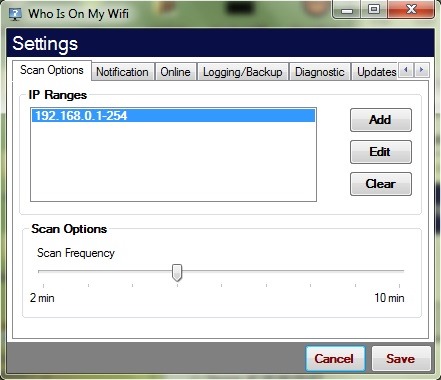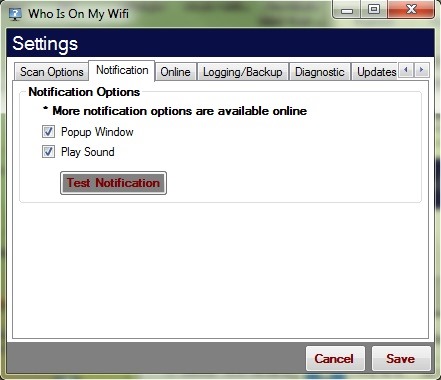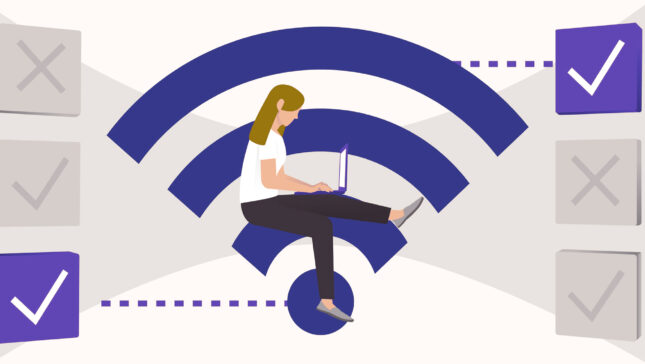The main reasons why users of Private WiFi networks should restrict access to them by using parole I am protection of intimacy and securing connections, but also avoiding the use of the respective networks by unauthorized users (especially if the WiFi network has limited band, the most probably desired to avoid using it excessively; Also, using a WiFi network of several users at the same time, weakens the connection and The speed of the Internet decreases). Uneori insa, Secure WiFi networks with passwords It is not enough, third parties can gain access to them by various malicious methods.
Who Is On My WiFi It's O Free application for Windows that allows users to monitor and identify if the private WiFi network is used by other unauthorized users.

How does who are on my wifi work?
After installing the application, you must make a first scan to identify connected devices to the network (click on the button Scan Now); If these are known devices, it is recommended to change the status from UNKNOWN the KNOWN. Then you can configure from Settings ce IP-uri You want to monitor (if you do not know the IPs allocated to the network, the application will automatically set the group of IPs detected on the computer it is installed) and frequency of scanning To identify intruders for that group (in a way default Scan is set to take place at each 2 minute).

You also have OPTION to set the receipt of notifications If the application will detect unknown computers or devices connected to the network (this is activity in mod default).

Who Is On My WiFi It works for both Private WiFi networks, as well as for those publicly; Basically, the application scans ports of network for identification connected computers to this (thing that could warn Administrators of secure public networks, such as the WiFi network of a hotel, the fact that they are scanned).
Note: The application is free for personal use and is compatible with Windows XP, Windows Vista, Windows 7 and Windows 8/8.1
STEALTH SETTINGS – How to find what users are connected to your WiFi network (Windows)
